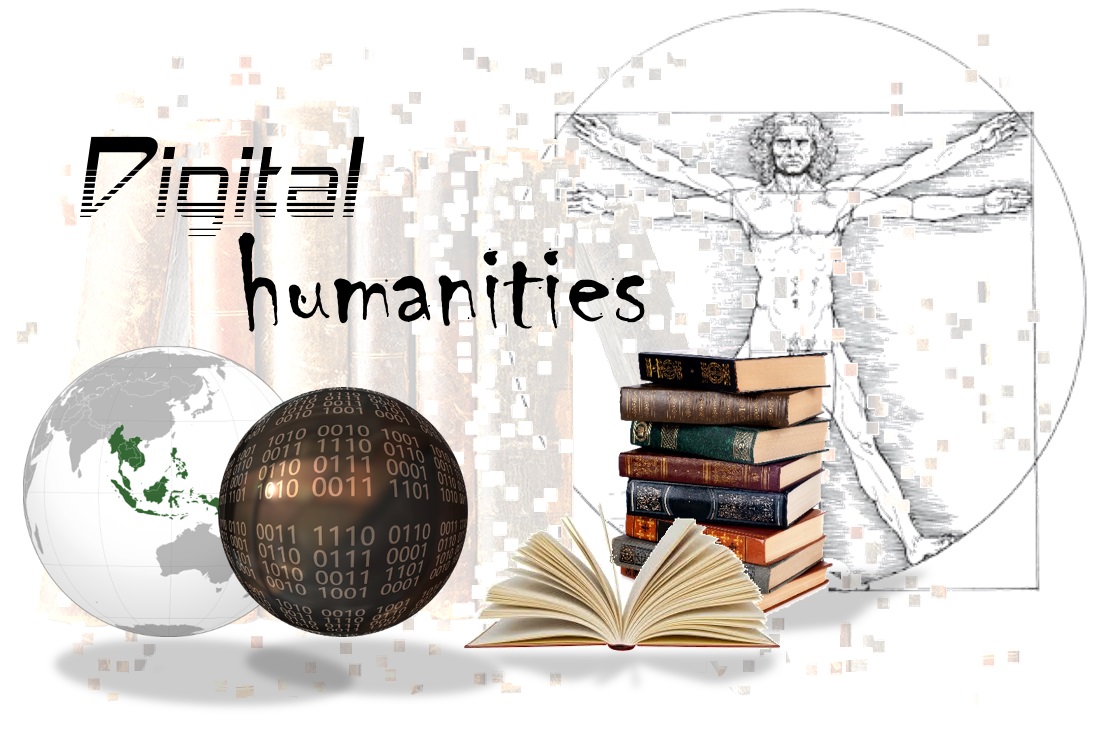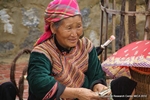 |
The notion of digital humanities appeared about twenty years ago, but as of 2016 it is still difficult to get precise definitions... |
Even the excellent, 90-page state of the art written by Marin Dacos and Pierre Mounier [1] does not contain a clear definition.
We believe that adding the adjective ‘digital’ to social sciences does not amount to entering the domain of digital humanities – otherwise the notion loses its meaning: obviously, using computers and manipulating ditigized files is not sufficient to claim that one is a practitioner of digital humanities. Computers are now so widely used in all domains and at all levels that their use does not by itself define a specific subfield, hence the conclusion of Burdick et al. (2012) [2] that the era of digital humanities has just begun, but may already be coming to an end.

Researchers at the Institute MICA believe that there can only be digital humanities to the extent that researchers in social sciences enter into a strong association with researchers in computer science (and in information technology in general), working on joint projects. Only a close association between these two categories of researchers can open into new paradigms, new concepts, and hence new applications: such is the programme of digital humanities.
Since several years, information technology experts at the Institute MICA have worked together with researchers in social sciences – linguists, ethnologists or historians – in the framework of joint research projects.
Among the projects of this type conducted at the Institute MICA, one may mention (i) the SEPIA project [3], carried out with the Ecole Française d’Extrême Orient (EFEO); (ii) projects for the long-term archiving and the exploitation of heritage collections (KRAP [4], Au Co Collection [5], DoReMiFa digitization programme [6]), (iii) projects combining linguistic studies and vocal technologies for languages known in the engineering community as “little-endowed”, and for endangered languages (PI Languages [7], APPSy [8], APRIL [9]); (iv) a project for the identification of medicinal plants of Vietnam; and, most recently, (v) the TAPASSA [10] project (ongoing, again with historians from EFEO) for automatic translation of academic writings in social sciences.
[1] Marin Dacos & Pierre Mounier, Humanités Numériques, Etat des lieux et positionnement de la recherche française dans le contexte international, Institut Français, ISBN 9782354761080/9782354761097, 2014
[2] Anne Burdick, Johanna Drucker, Peter Lunenfeld, Todd Presner, Jeffery Schnapp, Digital_Humanities, The MIT Press, Cambridge, Massachusetts London, England, 2012, ISBN 978-0-262-01847-0
[3] SEPIA « Système d’Etude du Patrimoine des Inscriptions Anciennes du Vietnam », 2007-2008
[4] KRAP « Khmer Rouge Achives Preservation », pré-projet AUF, 2013-2014
[5] http://www.mica.edu.vn/research-actions/au-co-project/
[6] DoReMiFa « Données des Recherches Linguistiques de Michel Ferlus en Asie du Sud-Est », projet de la BSN, 2014-2016
[7] http://pi.imag.fr/xwiki/bin/view/Main/
[8] APPSy « Asymétries Phonétiques et Phonologiques de la Syllabe », projet ANR « Blanc » 2010-2015
[9] APRIL « Avancées dans le Prototypage Rapide pour l’Informatisation des Langues », Projet PEPS HuMaIn de la mission pour l’interdisciplinarité du CNRS, 2013-2014
[10] TAPASSA « Traduction Automatique Probabiliste Appliquée aux Sciences Sociales en Asie » - EFEO/MICA, 2016









